PROVO — Amid his hectic schedule, first-year BYU basketball coach Mark Pope recently managed to mix business with pleasure while surrounded by his players in an exotic location.
Ask Pope about his team’s August trip to Italy and he’ll regale you with stories and details about unforgettable places.
He’ll talk about Siena, located in Italy’s Tuscany region, and describe its medieval brick building and Piazza del Campo. Or the visit to the Accademia Gallery of Florence, where Michelangelo’s original sculpture of David is housed. Or the Colosseum in Rome, which was the largest amphitheater constructed in the world at that time, holding a crowd of 50,000.
Or ancient Pompeii.
“This city was buried in 25 feet of ash 2,000 years ago,” Pope says of Pompeii. “It was just excavated within the past 200 years. It’s these incredible homes and buildings. It’s kind of like these concrete, intricate paintings that are still intact. It’s unbelievable.”

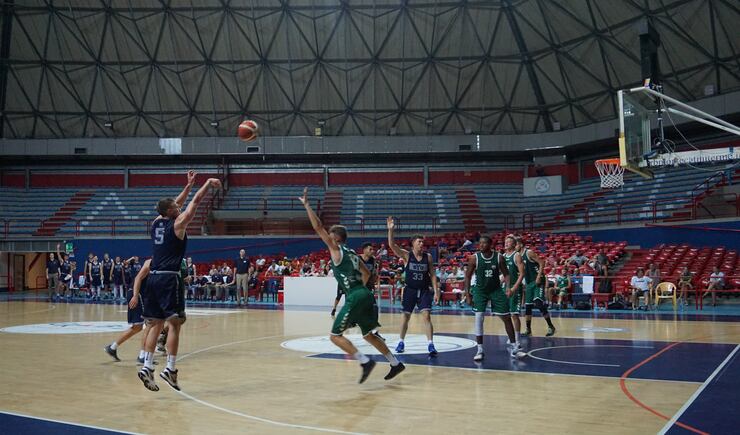
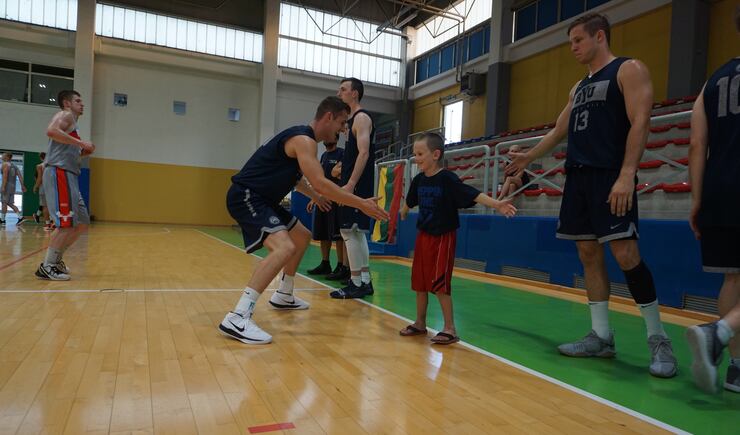
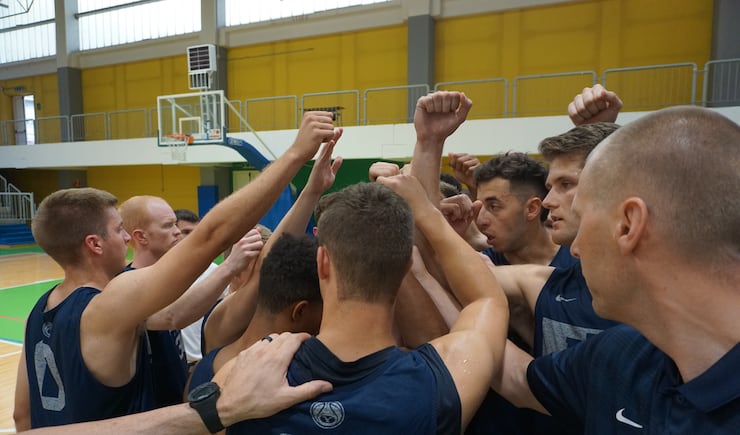
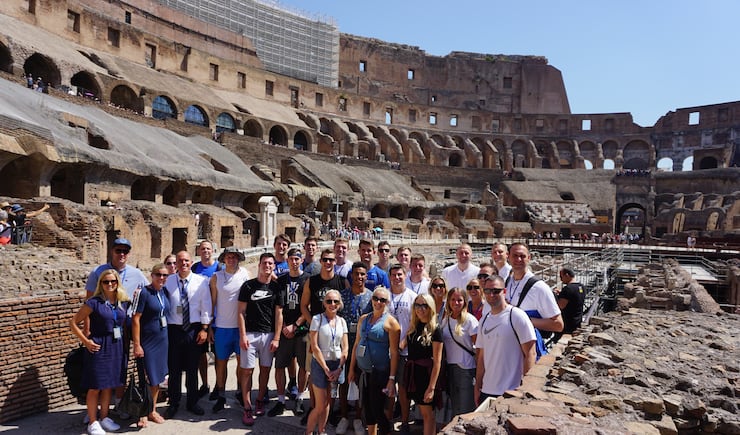

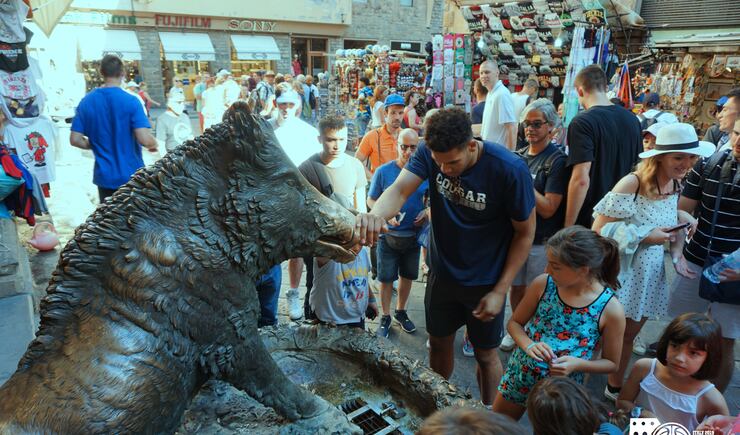
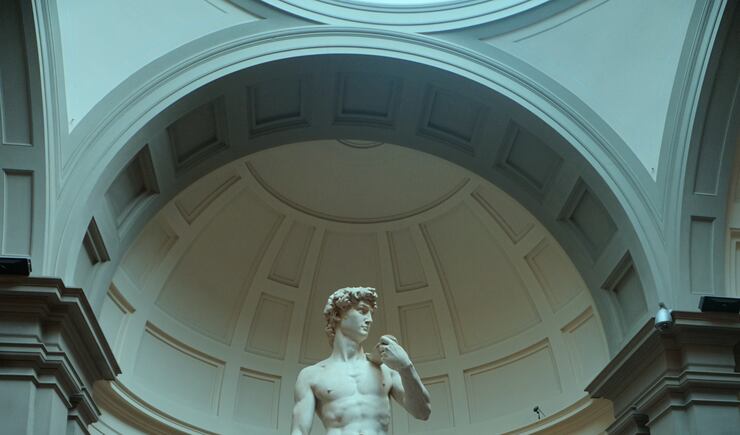
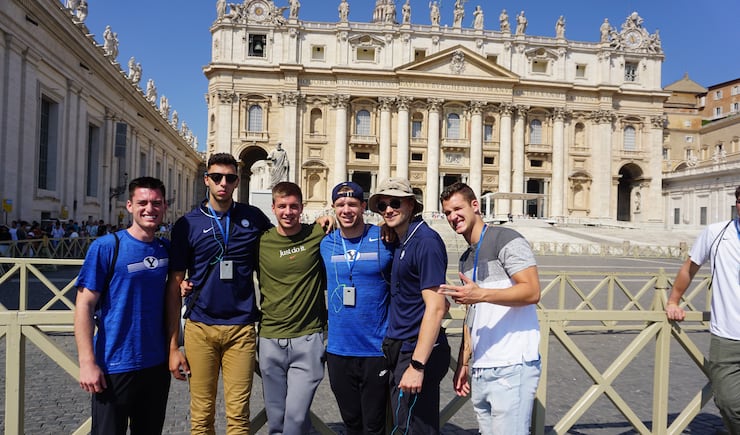
The NCAA allows teams to take trips such as these every four years and BYU, like a lot of college teams, capitalized on that opportunity.
Now that the 2019-2020 season is about to tip off, the timing of this 10-day tour was advantageous for a program featuring a new coaching staff and several new players.
Along the way, the Cougars all learned a lot about Italian culture and history.
“There were so many great things about that trip, on and off the floor. I feel like it was a really good opportunity for our team to grow closer because there’s so many new faces on the team this year,” said guard TJ Haws. “To be able to go around and see those cool sites was awesome to get to know the guys more. On the court, we played really well. We had 10 practices before Italy. To be able to put what we practiced into a game and see what we are capable of and see the vision of what we can accomplish was really good for our guys.”
BYU played four exhibition games in five nights against professional Italian teams. When the Cougars weren’t competing on the court, they were immersing themselves in Italian culture and team camaraderie. They also attended a sacrament meeting of The Church of Jesus Christ of Latter-day Saints on a Sunday in Florence.
“It was amazing. I definitely recommend going to Italy. It was really beautiful. The food’s pretty good, too,” said forward Kolby Lee. “It brought us way closer. In a sense it was a business trip because we had games. But when we weren’t locked in, when we had down time, we really connected as a team and got to know each other. We had a blast.”
BYU’s trip was arranged by Basketball Travelers, Inc., a company that specializes in organizing foreign tours for teams all over the country.
The men’s teams from Houston and Central Arkansas and the women’s teams from Georgia, Clemson and George Mason also went to Italy in August.
“We had 60 games in Italy this summer,” said Jason Sarkies, tour director of Basketball Travelers. “That’s just in Italy.”
Other teams traveled to, and played exhibition games in, places like Spain, Costa Rica, Australia, Western Europe, France, Canada, Central Europe, Scandinavia, Dominican Republic, Germany, China, Bahamas and U.S. Virgin Islands.
Sarkies says basketball is not the only benefit to going on foreign tours.
“The educational piece is unmatched. The overwhelming number of student-athletes will either have never been overseas or will never go again,” he said. “So opening them up to a different cultural experience, different sites, sounds, languages, history — that is the most significant piece. Student-athletes, because of the time they have to devote to their sport, doesn’t allow them a study abroad semester. This is the athlete’s chance to experience another piece that a normal student could take advantage of that they can’t. For a lot of them, it’s a once-in-a-lifetime opportunity. That’s the most rewarding to us. It’s pretty unique to men’s and women’s basketball.”
Prior to leaving for Italy, Pope and his team learned about the history and culture of the country together.
“We took a couple of classes. We had a (BYU) professor come in that’s really familiar with the Italian culture,” Lee said. “We learned a little Italian so we could talk to people.”
“Oftentimes teams will bring a professor on tour and create a curriculum where there are credits granted,” Sarkies said. “Italy’s full of sister campuses for a lot of schools. They’ll have a professor already there who will meet them and spend a half-day with them. A lot of teams take advantage of that.”
Of course, these overseas trips are expensive. A trip to Europe could cost as much as $4,000-$5,000 per person, depending on the cost of flights, Sarkies said.
Most programs that go on these trips budget years in advance.
“Some set a plan to go every four years. Some don’t go at all,” Sarkies said. “Everybody approaches it differently. Some don’t want to go to Europe. Probably 20 percent of the programs have a booster or two that takes care of the bill.”
Basketball Travelers takes care of the logistics on these trips — from booking the flights to arranging sightseeing opportunities, setting up meals and scheduling games.
“The only thing we don’t handle is the departure airport,” Sarkies said. “If we’re taking a team and they have to fly out of Chicago, we don’t handle the bus to the airport or the return. Outside of that, once they land in the country, everything’s on us.”
Coaches who have taken these trips tend to talk about their experiences in different countries and recommend it to other coaches.
“There’s a lot of peer discussions. Say a coach you trust went to Italy with us, well, now they might be where you want to go,” Sarkies said. “You may have a player from Serbia or Croatia or Italy or Spain. Maybe that’s why you’re going. Maybe you want a shorter, less expensive trip so you’ll go to Costa Rica or Vancouver or the Virgin Islands or the Dominican Republic. Cost, length of time, travel, all that factors in.”
For teams that go on foreign tours, the NCAA allows them 10 extra practices and it provides coaches an opportunity to experiment with different lineups in exhibition games. It’s a way to get a jump start on the season.
In addition to playing basketball, Haws enjoyed seeing sites that he learned about growing up. “To actually see those things in person was a really cool experience,” he says, adding that he liked bonding with his teammates and the coaching staff in Italy.
For Pope, it was gratifying to see how close his players became to each other during the trip.
“At one point, we’re on this boat and there’s a deck and 13 of our 16 guys were strewn across each other in this big mosh pit right in the boat. All together,” Pope says, smiling. “That’s something that’s really exciting to me. I have leaders on this team that are very, very interested in making sure that every guy from the starters to the end of the bench is a part of this deal and they understand how important that is. They’re good friends, they’re caring guys and they take care of each other. That’s the thing I walked away with that was the most striking to me — how together this group is. They were together all of the time. I don’t hate the idea of us being the most together team in America. That’s one of the pieces that could be really important for us if we build on it.”
BYU’s trip to Italy had been in the works for a couple of years before it took place. Last March, coach Dave Rose retired and he was replaced by Pope.
A change in the coaching staff can impact the status of these trips.
“Oftentimes, we’ll sign a contract with a team well over a year in advance. It’s common for staffs to change. A new staff comes in,” Sarkies said. “Sometimes it’s too late. Sometimes it gets pushed off to the next summer. Sometimes the trip gets modified. It depends on when it happens. Sometimes tours are pushed back and some are cancelled.”
Because of its 30 years of experience, Basketball Travelers are confident about its ability to schedule rewarding trips for its clients. But there is, after all, an adage for travel in general — expect the unexpected.
“Sometimes a bus breaks down. We had three teams in the Barcelona terrorist attack a couple of summers ago. We had a European transportation strike,” Sarkies said. “Delta (Airlines) computers went down once and flights were delayed. The things we can control, we’re super comfortable with and we have enough experience that we’re confident. But there are always going to be things. There just is.”
Like a player getting injured.
That’s what happened to BYU senior Zac Seljaas, who broke his foot during the Italian trip. He was flown back to the United States soon thereafter in order to undergo surgery.
One of the biggest proponents of overseas tours is Auburn coach Bruce Pearl. Some believe that his team’s tour of Italy in 2017 was a catalyst in the Tigers reaching the 2019 Final Four of the NCAA Tournament.
“I think one of the greatest rules that the NCAA has is allowing those foreign trips, from a cultural standpoint, from an academic standpoint,” Pearl has said. “There’s nothing like it in the world. The guys have said that we went to Italy as a team, we came back as a family.”
As popular as these foreign trips are with college teams, they’re not for everyone. Gonzaga coach Mark Few, for example, doesn’t take his teams on overseas tours.
“We really don’t because we have so many kids involved in international basketball so their summers have obligations,” he says. “Some of our kids are involved with USA Basketball. So it’s hard to schedule that. It’s just personal preference. Anymore, let’s be honest, people do it because they think it would give them an advantage to get more practice time in during the summer. Now we have enough practice time in the spring, summer and fall. So I really don’t think it’s a big deal.”
Besides, Few, who has led the Zags to five consecutive NCAA Sweet 16 appearances, figures he has more important things to do during his limited vacation time.
“This is coming from a guy that likes to fly fish and wake surf with his family during the summer,” he says. “I’d prefer my down time to be spent on a lake in Idaho.”











